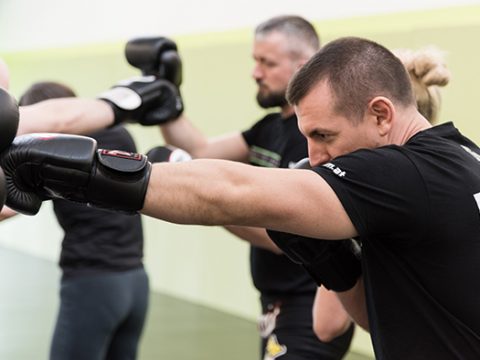
Kickboxing – A short History
Kickboxing is a combat sport that became increasingly popular in the 1970’s and has grown ever since.

Its roots lay in boxing, Muay Thai and Karate. Japanese Karatedos were not allowed to hit each other in matches, so they became interested in developing a full contact Karate form. Looking to Muay Thai and boxing for inspiration, several new styles evolved that included punches and kicks as well as elbows, knees and sweeps in full contact combat.
In early times the combat rules were never clear, tournaments had no weight divisions and fights were meant to be won by knockout. Since then, a lot has changed: several organizations have developed and different rule sets have been formed.
In Europe the two main branches were rooted in Germany (mostly influenced by American Kickboxing – no knees and elbows) and the Netherlands (mostly influenced by Japanese styles – including knees and elbows).
KaiGym Kickboxing follows K-1 rules (it is claimed that the letter K stands for combat sports like Karate, kickboxing, Kung-fu, … we, of course, are sure it stands for KaiGym), which include knees and elbows in training. For tournaments, rules vary depending on the hosting organization.
Boban Bozic and Georges Kalmar are both ÖFBK-approved Kickbox Blackbelts. Christopher Mzik and Polina Progrebinskaya are the first KaiGym Kickbox Blackbelts.
